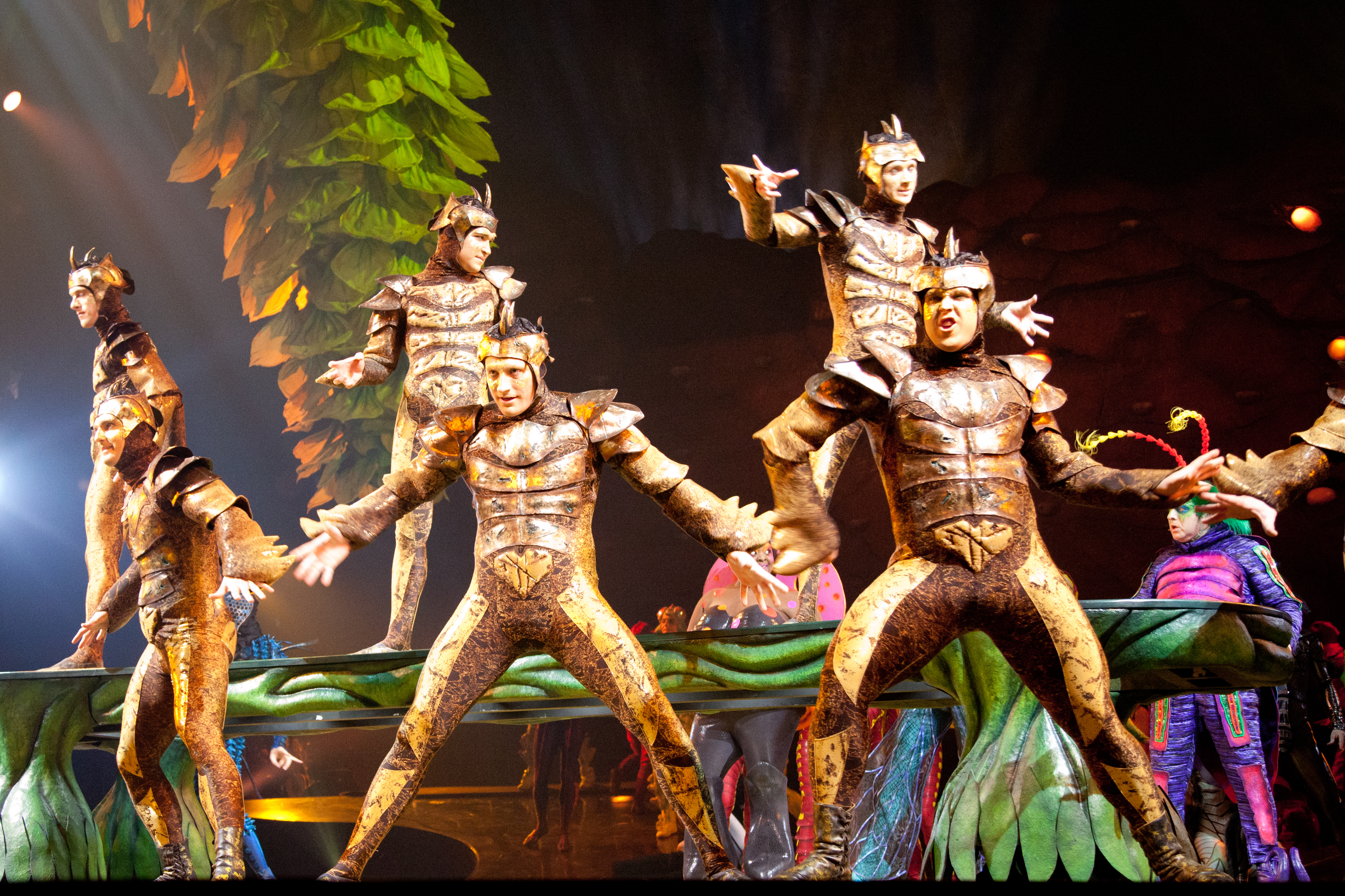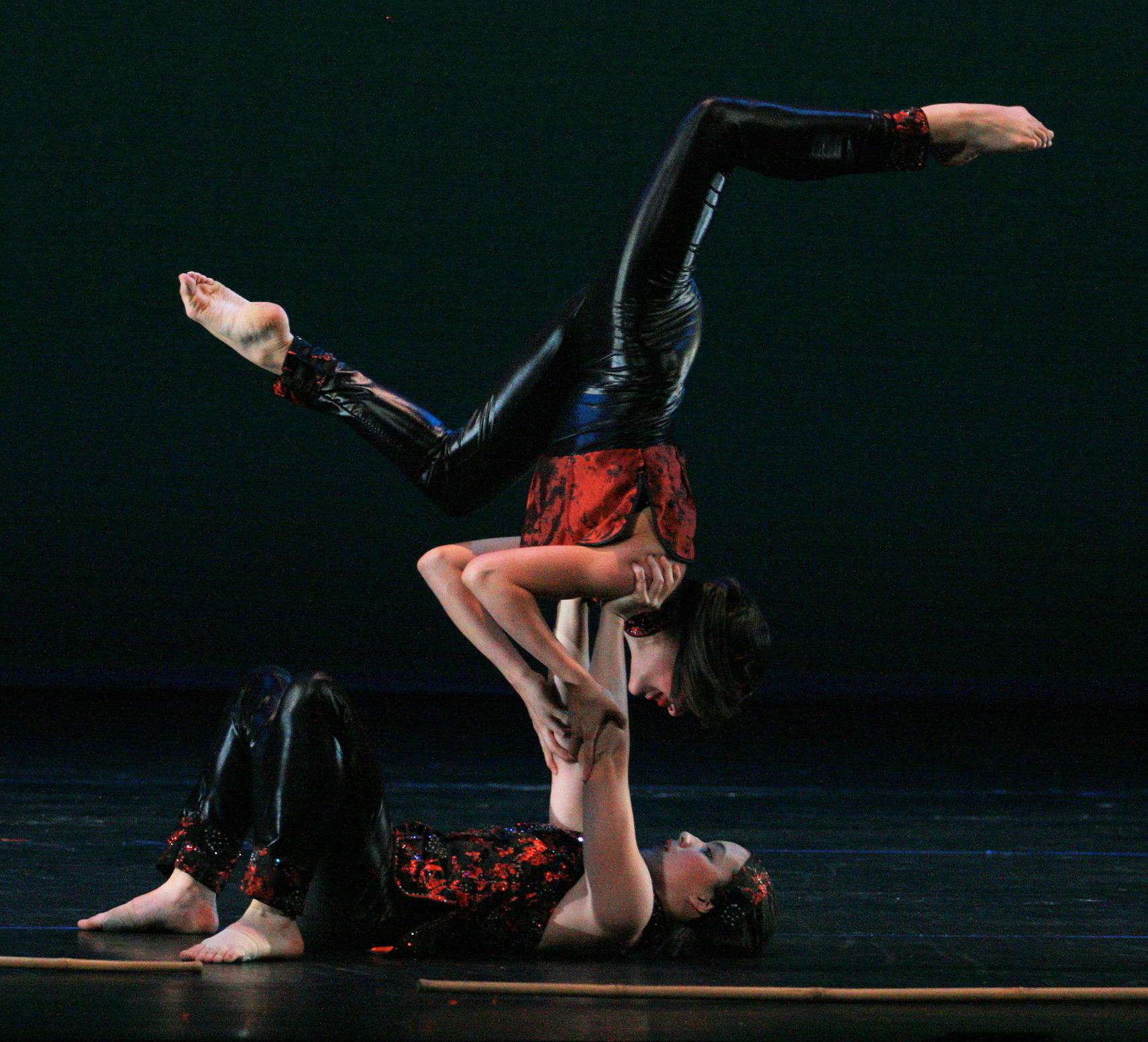|
Acrosport II , human towers to celebrate the birth of Krishna
{{disambiguation ...
Acrosport may refer to: * One of two aerobatic sports aeroplanes, Acro Sport I and Acro Sport II * A dance sequence from Ovo (Cirque du Soleil) * A range of athletic or sports activities including: ** Acrobatic gymnastics ** Acrobalance ** Gymnastic formation ** A human pyramid ** A Human tower (gymnastic formation) and similar cultural activities: *** Castell, human towers performed in Catalonia, Spain *** Muixeranga, human towers in the Valencian Community *** Govinda sport Dahi Handi (also known as Gopal Kala or Utlotsavam) is an entertainment and Competition, competitive event associated with Krishna Janmashtami, the Hindu festival celebrating the birth of Krishna. During the event, which takes place during Augus ... [...More Info...] [...Related Items...] OR: [Wikipedia] [Google] [Baidu] |
Acro Sport I
The Acro Sport is a single-seat aerobatic sportsplane designed by US aviation enthusiast Paul Poberezny in the early 1970s for homebuilding. Plans are marketed by Acro Sport Inc. The Acro Sport is a short-span biplane of conventional taildragger configuration, typically built with an open cockpit and spatted main undercarriage Undercarriage is the part of a moving vehicle that is underneath the main body of the vehicle. The term originally applied to this part of a horse-drawn carriage, and usage has since broadened to include: *The landing gear of an aircraft. *The ch .... Its structure is a fabric-covered, steel tube fuselage and tail group, with a wood wing structure. Variants The Acro Sport II is the two place version of the Acro Sport I Specifications References * External links {{Acro Sport aircraft Acro Sport aircraft Biplanes Single-engined tractor aircraft Homebuilt aircraft 1970s United States sport aircraft Poberezny aircraft Aerobatic ... [...More Info...] [...Related Items...] OR: [Wikipedia] [Google] [Baidu] |
Acro Sport II
The Acro II is a two-seat aerobatic sportsplane designed by US aviation enthusiast Paul Poberezny in the 1970s for amateur construction. It is an enlarged version of his previous Acro Sport I, sized up to carry two persons. Plans are available through Acro Sport in Wisconsin and material kits are supplied by Aircraft Spruce and Specialty.Bayerl, Robby; Martin Berkemeier; et al: ''World Directory of Leisure Aviation 2011-12'', page 89. WDLA UK, Lancaster UK, 2011. ISSN 1368-485XTacke, Willi; Marino Boric; et al: ''World Directory of Light Aviation 2015-16'', page 91. Flying Pages Europe SARL, 2015. Design and development The Acro Sport II is a short-span biplane of conventional taildragger configuration, typically built with open cockpits and spatted main undercarriage. Its structure is fabric-covered, steel tube fuselage and tail group, with wood wing structure. Operational history In March 2017, 83 examples were on the Federal Aviation Administration aircraft regi ... [...More Info...] [...Related Items...] OR: [Wikipedia] [Google] [Baidu] |
Ovo (Cirque Du Soleil)
''Ovo'' is a touring circus production by Cirque du Soleil that premiered in Montréal, Canada in 2009. ''Ovos creator and director, Deborah Colker, took inspiration from the world of insects. The idea for ''Ovo'' was not to be about the acts, nor dancing, nor insects, but about movement. The movement of life permeates the entire show, with creatures flying, leaping, bounding, and crawling. Composer Berna Ceppas brought additional life to ''Ovo'' with a score inspired by the music of Brazil. ''Ovo'' means "egg" in Portuguese and represents the underlying thread of the show. Graphically, inside the logo of ''Ovo'', is an insect. The two O's represent the eyes and the V forms the nose and antennas. Set and technical information The stage and set for ''Ovo'' were designed by Gringo Cardia and utilize irregular shapes throughout. The rear wall is wide by high and is only supported at the sides, thus allowing the trampolines for the final act to slide into place. During its ... [...More Info...] [...Related Items...] OR: [Wikipedia] [Google] [Baidu] |
Acrobatic Gymnastics
Acrobatic gymnastics is a competitive gymnastic discipline where partnerships of gymnasts work together and perform figures consisting of acrobatic moves, dance and tumbling, set to music. There are three types of routines; a 'balance' routine (at FIG grade 5 and above) where the focus is on strength, poise and flexibility; a 'dynamic' routine (also FIG grade 5 and above) which includes throws, somersaults and catches, and (at FIG grade 6 and above, as well as grade 4 and below) a 'combined' routine which includes elements from both balance and dynamic. The sport is governed by the International Federation of Gymnastics (FIG, an abbreviation of Fédération Internationale de Gymnastique). At international level, there are four FIG categories of competition defined by age; 11–16, 12–18, 13–19, and 15+ (Senior). There are also grades 1–6, with grade 5 being the same difficulty as 11–16 and grade 6 being the same difficulty as 12–18. Acrobatic gymnasts perform in pai ... [...More Info...] [...Related Items...] OR: [Wikipedia] [Google] [Baidu] |
Acrobalance
Acrobalance is a floor-based acrobatic art that involves balances, lifts and creating shapes performed in pairs or groups. A performer on the ground doing the lifting and supporting in an acrobalance formation is often called the ''base'', while a performer being lifted or tossed can be referred to as the ''flyer'' (or ''flier''). Formats include male/female duo, trio, female/female, and other variations. Acrobalance acts require a high degree of care, coordination, proprioceptive awareness, and mutual trust from the performers in order to avoid injury; they are often set to music and performed as part of circuses. Acrobalance performances can now also be seen on a wide variety of shows such as street performances, incorporated into children's theater and as part of modern dance performances. Technique Acrobalance is the combination of the two athletic art forms: * '' Adagio'': consists of partner lifts, usually performed by a man and a woman, where the male lifts his female pa ... [...More Info...] [...Related Items...] OR: [Wikipedia] [Google] [Baidu] |
Gymnastic Formation
Gymnastic formation is a collective art based on gymnastics expressed by 30 to 5000 figurants using only human bodies without instruments. It is commonly presented in Japanese schools as a part of physical education curriculum. The expression of the collective beauty based on force, passion, and union of young men is much more important than the individual expression. It is a modality of mass game. In this moment, there is no unified English expression. In the United States of America, journalists sometimes use the expression “ mass gymnastics” especially to represent annual festival of the North Korea. However, this expression not always includes mounting, and therefore, it meaning is similar to mass game. In the other English speaking countries, such as Malaysia, it is called “gymnastic formation”. In Japan, it is called "kumi-taisô", which means mounting gymnastics. History Basic performances of gymnastic formation are seen at the wall painting of ancient Egypt and ... [...More Info...] [...Related Items...] OR: [Wikipedia] [Google] [Baidu] |
Human Pyramid
A human pyramid is an acrobatic formation of three or more people in which two or more people support a tier of higher people, who in turn may support other, higher tiers of people. People above the bottom tier may kneel or stand on the shoulders, backs or thighs of the people below them. Typically, the number of people in each tier is one greater than the tier immediately above it, resulting in a triangular structure reminiscent of the formation's namesake. For practical reasons, lighter people are often positioned higher in the formation and stronger, heavier people are located closer to the base. Human pyramids are performed in various activities, including cheerleading and in circus acrobatics. Traditions involving human pyramids China * Human pyramids are often formed to reach for the bun during the Chinese Bun Festival. Czech Republic * Sokol is a youth sport movement and gymnastics organization founded in Czech region of Austria-Hungary, Prague, in 1862. It was primari ... [...More Info...] [...Related Items...] OR: [Wikipedia] [Google] [Baidu] |
Human Tower (gymnastic Formation)
Human tower is a performance variation of gymnastic formation. Together with the human pyramid A human pyramid is an acrobatic formation of three or more people in which two or more people support a tier of higher people, who in turn may support other, higher tiers of people. People above the bottom tier may kneel or stand on the shoulders ..., it is exhibited frequently at the climax of the performance. In gymnastics, human tower is the highest and largest mounting. On the shoulder of the components of the base layer, put the feet of components of the second floor. In the same way, the components of higher floors are accumulated. The mounting is performed in sitting postulate. After the conclusion of the mounting, the tower stands up from lower floor to upper ones. As a general term, the expression human tower is often confused with human pyramid. This item shows the human tower of gymnastic formation. See also * Castell * Muixeranga * Human pyramid References * � ... [...More Info...] [...Related Items...] OR: [Wikipedia] [Google] [Baidu] |
Castell
A ''castell'' () is a human tower built traditionally at festivals in Catalonia, the Balearic islands and the Valencian Community. At these festivals, several ''colles castelleres'' (teams that build towers) attempt to build and dismantle a tower's structure. On 16 November 2010, ''castells'' were declared by UNESCO to be amongst the Masterpieces of the Oral and Intangible Heritage of Humanity. Origin Although based on the earlier traditional Muixeranga of Algemesí in Valencia, the tradition of ''castells'' within Catalonia originated in the ''Ball dels Valencians'' (Valencian Dance) in Valls, near the city of Tarragona, first documented in 1712. Over the course of the 18th century, they spread to other towns and cities in the area, including Vilafranca del Penedès and Tarragona, though it was not until the last 50 years that the practice of building ''castells'' began to spread to the rest of Catalonia. Interest in castells began to grow in the 1960s and 1970s. In th ... [...More Info...] [...Related Items...] OR: [Wikipedia] [Google] [Baidu] |
Muixeranga
The ''Muixeranga'' () is the collective name given to the performance of ancient street dances and human pyramids or '' castells'', originating in the ancient Kingdom of Valencia (currently the Land of Valencia), which are still preserved in the town of Algemesí, southwest from Valencia, and certain other Valencian towns. The ''muixeranga'' is much more than an artistic acrobatic dance. It is a collection of ancient human choreographies of enormous plasticity illustrating various figures and shapes, which are held during the Algemesí town festival (September 7 and 8th), in honor of the Virgin of Health (''Mare de Déu de la Salut''). The ''Muixeranga'' resembles the modern '' castellers'' in many ways, the latter being spread all over Catalonia. Both traditions share the same origin, the "Moixiganga", (a series of dances of human towers) once found throughout the Iberian Peninsula. Muixeranga differs from castellers mainly in that the ''Muixeranga'' has a religious backgr ... [...More Info...] [...Related Items...] OR: [Wikipedia] [Google] [Baidu] |






